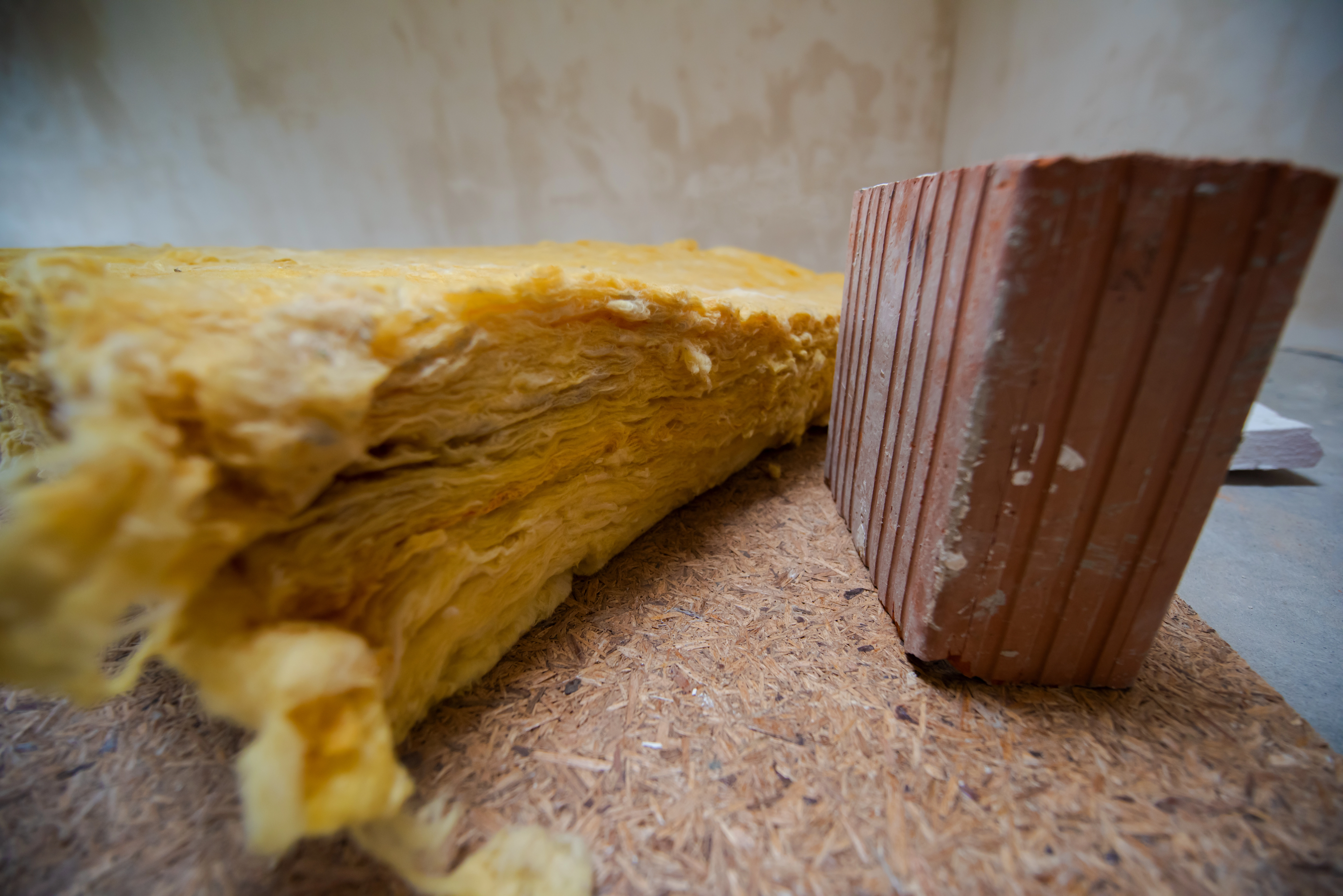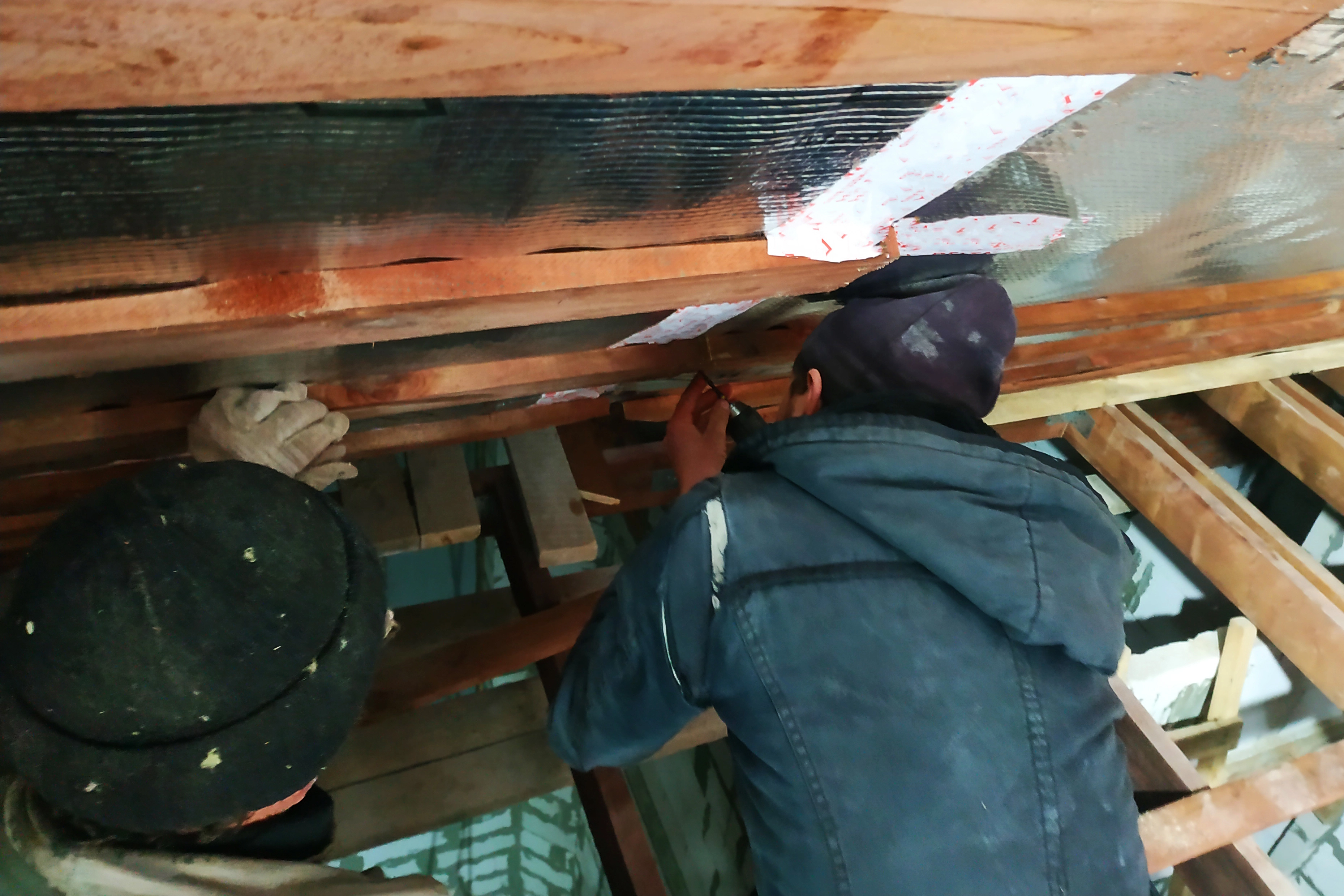
The Ultimate Guide to Soundproofing Insulation for Your Home or Office
Soundproofing is the process of minimizing or eliminating sound transmission between spaces. It is crucial for maintaining privacy, reducing noise pollution, and enhancing comfort. Whether in homes, offices, or studios, understanding the basics of soundproofing is essential for creating peaceful environments.
One fundamental principle of soundproofing is absorption. This involves using materials like acoustic foam or fiberglass panels to absorb sound waves, preventing them from bouncing off walls and creating echoes. Another principle is decoupling, which involves creating air gaps or using resilient channels to separate sound vibrations from traveling through structures.
Adding mass is another effective method. Thicker walls, floors, and ceilings block sound more effectively than thinner ones. Sealing gaps and cracks with caulking or weatherstripping prevent sound leaks. Double-glazed windows can also significantly reduce outside noise.
Evaluating the area's unique requirements is critical when thinking about soundproofing solutions. For example, blocking airborne noise may require different materials and approaches than impact noise. Seeking professional advice can assist in identifying the best options.
Understanding the basics and principles of soundproofing is vital for creating peaceful and comfortable environments. By absorbing, decoupling, adding mass, and sealing gaps, individuals can effectively minimize sound transmission and enjoy quieter surroundings.
Evaluating Your Soundproofing Needs: Home vs. Office
When it comes to soundproofing, the needs of a home differ from those of an office space. Understanding these distinctions is crucial for creating environments conducive to productivity and comfort.
Soundproofing often focuses on enhancing privacy and reducing disturbance from neighboring rooms or external noise in a home setting. Common areas where soundproofing is beneficial include bedrooms, home offices, and entertainment spaces. Techniques such as using acoustic insulation, sealing gaps around doors and windows, and installing double-glazed windows can effectively minimize noise transmission within the home.
Conversely, Office soundproofing focuses more on preserving a productive work environment by reducing distractions and guaranteeing privacy. Sound-absorbing materials such as ceiling tiles and acoustic panels can help reduce reverberation and enhance speech intelligibility in open-plan offices. Furthermore, sound masking systems can produce a continuous background tone that muffles other sounds, including conversations.
When evaluating your soundproofing needs, consider how the area is organized, what activities are taking place, and how much privacy you would like. Speaking with a soundproofing expert might facilitate finding the best options for your needs.

While both homes and offices benefit from soundproofing, the priorities and techniques vary. By evaluating your soundproofing needs based on the distinct requirements of each environment, you can create spaces that are both tranquil and conducive to productivity.
Choosing the Right Insulation Materials
Selecting the appropriate insulation materials is crucial for maintaining comfort and energy efficiency in your home. With various options available, understanding the characteristics of each material can help you make informed decisions tailored to your needs.
Fiberglass is a well-liked insulating material because of its low cost and ability to stop heat transfer. Fiberglass insulation is readily installed in attics, walls, and floors and is available in rolls or batts. It is also resistant to damp and non-combustible, making it appropriate for various conditions.
Another common choice is cellulose insulation from recycled paper or cardboard treated with fire retardants. Cellulose insulation is eco-friendly, offering excellent thermal performance and sound absorption properties. It can be blown or sprayed into cavities and is particularly suitable for retrofitting existing structures.
Mineral wool insulation is non-toxic and mold-resistant, making it ideal for houses with poor indoor air quality. Its outstanding fire and soundproofing properties come from its natural rock or blast furnace slag composition.
It is perfect for insulating walls, ceilings, and attics and comes in batt, roll, or loose-fill forms.
Spray foam insulation is another versatile option, capable of expanding to fill gaps and crevices, providing an effective air barrier. While more expensive than other materials, spray foam insulation offers high R-values and excellent energy savings over time.
A few things to consider while selecting insulating materials include R-value, installation technique, cost, and environmental effect. Seeking advice from a qualified insulation contractor can help you make the best material choices and maximize your home's energy efficiency.
Installation Techniques
Implementing proper installation techniques is essential for maximizing the effectiveness of insulation materials and ensuring energy efficiency in your home. Whether tackling a DIY project or hiring a professional, following best practices can help you achieve optimal results.
1. Proper Preparation: Before installation, ensure the area is clean, dry, and debris-free. Address any existing moisture issues to prevent mold and mildew growth.
2. Accurate Measurement: Measure the space precisely to determine the insulation material needed. Either overestimating or underestimating can result in resource waste and inefficiency.
3. Sealing Air Leaks: Seal gaps and cracks around windows, doors, electrical outlets, and plumbing penetrations to prevent air leakage. Use caulk or weatherstripping for smaller gaps and expandable foam for larger openings.
4. Appropriate Placement: Install insulation materials according to manufacturer recommendations, ensuring proper coverage and thickness. Pay attention to areas prone to heat loss, such as attics, walls, and floors.
5. Safety First: When handling insulating materials, wear personal protective equipment, such as masks, goggles, and gloves. Observe safety precautions to prevent contact with irritating substances or dangerous chemicals.
6. Proper Ventilation: Maintain adequate ventilation in insulated spaces to prevent moisture buildup and ensure indoor air quality. Install vents and air vents as needed to promote airflow and prevent condensation.
7. Regular Maintenance: Periodically inspect insulation materials for signs of damage or deterioration. Address any issues promptly to maintain the effectiveness of your insulation system.
By implementing these installation techniques and best practices, you can enhance your home's energy efficiency and comfort while minimizing environmental impact. Whether insulating a new construction or upgrading an existing property, attention to detail and proper installation are critical to achieving long-lasting results.
Soundproofing Walls
Soundproofing walls is crucial for creating a peaceful and comfortable living environment, especially in noisy urban areas or homes with shared walls. Understanding the strategies and solutions available can help you effectively minimize noise transmission and enjoy a quieter home.
1. Add Mass: You can drastically reduce sound transmission by giving your walls more mass. To improve sound insulation, consider adding a second layer of drywall or putting in mass-loaded vinyl barriers.
2. Use Soundproofing Materials: Utilize sound-absorbing materials such as acoustic panels, foam, or insulation to reduce sound reflections and echoes within your walls. These materials help absorb sound waves, preventing them from bouncing around and amplifying noise.
3. Decouple Walls: Decoupling involves creating an air gap between wall surfaces to prevent sound vibrations from transferring through the structure. Install resilient channels or sound isolation clips to separate the drywall layers and minimize sound transmission.
4. Seal Gaps and Cracks: Even small gaps or cracks in walls can allow sound to pass through. Seal openings around windows, doors, electrical outlets, and baseboards with acoustical caulk or weatherstripping to prevent sound leaks.
5. Consider Insulation: Insulating your walls with soundproofing insulation materials can provide additional noise reduction. Look for dense insulation materials with high Sound Transmission Class (STC) ratings to block airborne sound effectively.
6. Install Soundproofing Wallpaper: Soundproofing wallpaper or acoustic fabric can be applied directly to walls to absorb and block sound waves, enhancing the overall soundproofing effectiveness of your space.
By implementing these tips and techniques, you may successfully soundproof your walls and provide you and your family with a quieter, cozier living space. Soundproofing your home can make a big difference in its acoustic quality, whether your noise pollution comes from the street, your neighbors, or your internal sources.
Additional Soundproofing Solutions for Specific Areas
In addition to soundproofing walls, floors, and ceilings, targeted solutions can further enhance acoustic comfort and reduce noise transmission in specific areas of homes. Understanding these additional soundproofing solutions can help you effectively address noise concerns in these areas.
1. Doors and Windows: Install door sweeps or weatherstripping around doors to ensure a tight seal and stop sound leaks. To lessen the intrusion of outside noise, consider upgrading to double- or triple-pane windows with laminated glass.
2. Home Theaters or Media Rooms: Opt for soundproofing curtains or drapes to absorb sound reflections and reduce reverberation in home theaters or media rooms. Install soundproofing panels on walls or ceilings to improve acoustics and enhance the listening experience.
3. Home Offices: Use soundproofing partitions or room dividers to create a dedicated workspace with minimal distractions. Install sound-absorbing materials on walls or ceilings to improve speech clarity during virtual meetings or phone calls.
4. Bedrooms: Choose soundproofing curtains or blackout shades to block out external noise and create a peaceful sleeping environment. Consider installing a white noise machine or earplugs further to reduce nighttime disturbances.
5. Laundry Rooms: Install soundproofing materials on walls or ceilings to minimize noise from washing machines or dryers. Use anti-vibration pads or mats under appliances to reduce impact noise and vibrations.
6. Bathrooms: Apply soundproofing sealant around plumbing fixtures to reduce noise transmission through pipes. Install soundproofing insulation in walls or ceilings to minimize sound transfer between bathrooms and adjacent rooms.
By implementing these additional soundproofing solutions tailored to specific areas of your home, you can effectively minimize noise transmission and create a quieter and more comfortable living environment. Whether you're working, relaxing, or sleeping, investing in targeted soundproofing measures can significantly improve the acoustic quality of your home.
Tips for Long-Term Performance
Proper maintenance and upkeep of soundproofing insulation are essential for ensuring its long-term effectiveness in reducing noise transmission and maintaining a quiet living environment. By following these tips, you can preserve the integrity of your soundproofing materials and prolong their lifespan.
1. Regular Inspection: Inspect your soundproofing insulation regularly for wear, deterioration, or damage indications. Check the insulation material for cracks, rips, or compression that might compromise its ability to block sound.2. Take Care of Moisture Issues: Moisture can weaken soundproofing materials and encourage mold or mildew growth, which lowers indoor air quality. To keep the insulation from being harmed, take quick action to address any sources of moisture, such as leaks or condensation, quickly.
prevent3 Seal Gaps and Cracks: To prevent sound leaks, properly seal gaps or cracks in walls, floors, or ceilings. Use acoustical caulk or foam sealant to seal around windows, doors, electrical outlets, and other penetrations.
4. Clean as necessary: Dust and dirt buildup on soundproofing materials can lessen their efficacy over time. To keep insulation materials performing at their best, clean their surfaces using a soft brush or a vacuum attachment with a brush attachment.
5. Reinforce or Replace: If you notice any areas of soundproofing insulation that have become damaged or worn out, consider reinforcing them with additional insulation or replacing them. Investing in quality insulation materials and installation can ensure long-lasting soundproofing performance.
6. Consult Professionals: If you need clarification on the condition of your soundproofing insulation or how to address maintenance issues, consult with soundproofing specialists or contractors for expert advice and assistance.
Conclusion
By incorporating these maintenance practices into your routine, you can preserve the effectiveness of your soundproofing insulation and continue to enjoy a peaceful and quiet living environment for years to come. Regular upkeep ensures that your soundproofing efforts minimize noise transmission and enhance acoustic comfort in your home. Just contact us anytime for better spray foam services.
Reach Out To Spray Foam Insulation Westminster
Delivering Quality Insulation Solutions in Westminster, Colorado
Call us today!